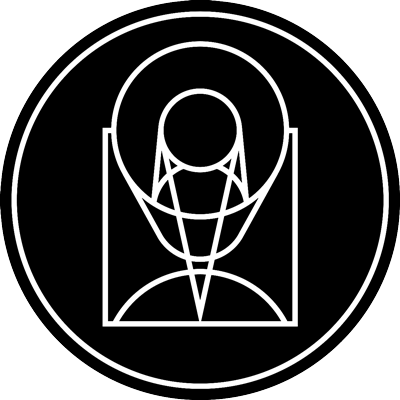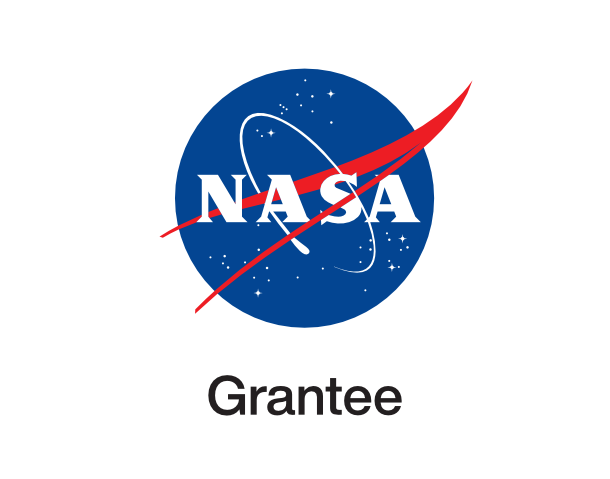An Enigmatic Astronomical Explosion

esahubble_potw2238a September 19th, 2022
Credit: ESA/Hubble & NASA, R. Sahai
A bright young star is surrounded by a shroud of thick gas and dust in this image from the NASA/ESA Hubble Space Telescope. Hubble’s Wide Field Camera 3 inspected a young stellar object, over 9000 light years away in the constellation Taurus, to help astronomers understand the earliest stages in the lives of massive stars. This object — which is known to astronomers as IRAS 05506+2414 — is thought to be an example of an explosive event caused by the disruption of a massive young star system. If so, it would only be the second such example known. Usually the swirling discs of material surrounding a young star are funnelled into twin outflows of gas and dust from the star. In the case of IRAS 05506+2414, however, a fan-like spray of material travelling at velocities of up to 350 kilometres per second is spreading outwards from the centre of this image. Astronomers turned to Hubble’s Wide Field Camera 3 to measure the distance to IRAS 05506+2414. While it is possible to measure the velocity of material speeding outwards from the star, astronomers cannot tell how far from Earth the star actually is from a single observation. However, by measuring the distance that the outflow travels between successive images, they will be able to infer the distance to IRAS 05506+2414. This will allow astronomers to determine how bright the star is and how much energy it is emitting, and hence to estimate its mass — all vital information that will help to understand the origin of this bright young star’s unusual outflow. Links Video of An Enigmatic Astronomical Explosion
Provider: Hubble Space Telescope | ESA
Image Source: https://esahubble.org/images/potw2238a/
Curator: ESA/Hubble, Baltimore, MD, United States
Image Use Policy: Creative Commons Attribution 4.0 International License

- ID
- potw2238a
- Subject Category
- Subject Name
- IRAS 05506+2414
- Credits
- ESA/Hubble & NASA, R. Sahai
- Release Date
- 2022-09-19T06:00:00
- Lightyears
- Redshift
- Reference Url
- https://esahubble.org/images/potw2238a/
- Type
- Observation
- Image Quality
- Distance Notes
- Facility
- Hubble Space Telescope, Hubble Space Telescope, Hubble Space Telescope, Hubble Space Telescope
- Instrument
- WFC3, WFC3, WFC3, WFC3
- Color Assignment
- Red, Orange, Green, Blue
- Band
- Infrared, Infrared, Infrared, Infrared
- Bandpass
- Fe II continuum, Fe II, H, YJ
- Central Wavelength
- 1670, 1640, 1600, 1100
- Start Time
- Integration Time
- Dataset ID
- None, None, None, None
- Notes
- Coordinate Frame
- ICRS
- Equinox
- J2000
- Reference Value
- 88.43129946511952, 24.246061489592872
- Reference Dimension
- 1066.0, 959.0
- Reference Pixel
- 533.0, 479.5
- Scale
- -3.5674523282373756e-05, 3.5674523282373756e-05
- Rotation
- -135.73999999999992
- Coordinate System Projection:
- TAN
- Quality
- Full
- FITS Header
- Notes
- Creator (Curator)
- ESA/Hubble
- URL
- https://esahubble.org
- Name
- Telephone
- Address
- ESA Office, Space Telescope Science Institute, 3700 San Martin Dr
- City
- Baltimore
- State/Province
- MD
- Postal Code
- 21218
- Country
- United States
- Rights
- Creative Commons Attribution 4.0 International License
- Publisher
- ESA/Hubble
- Publisher ID
- esahubble
- Resource ID
- potw2238a
- Resource URL
- http://esahubble.org/media/archives/images/original/potw2238a.tif
- Related Resources
- Metadata Date
- 2022-09-12T22:01:23+02:00
- Metadata Version
- 1.1
Detailed color mapping information coming soon...















